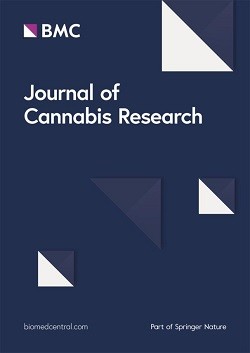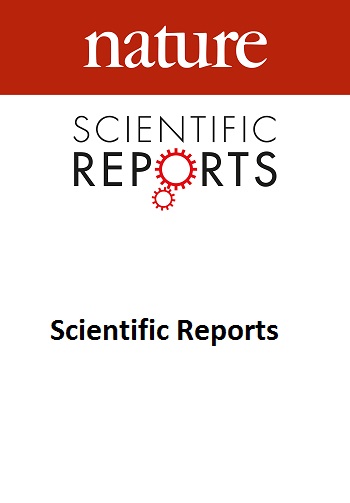For more than a century, Cannabis was considered a narcotic and has been banned by lawmakers all over the world. In recent years, interest in this plant has increased due to its therapeutic potential, in addition to a very interesting chemical composition, characterized by the presence of an atypical family of molecules known as phytocannabinoids. With this emerging interest, it is very important to take stock of what research has been conducted so far on the chemistry and biology of Cannabis sativa. The aim of this review is to describe the traditional uses, chemical composition and biological activities of different parts of this plant, as well as the molecular docking studies. Information was collected from electronic databases, namely SciFinder, ScienceDirect, PubMed and Web of Science. Cannabis is mainly popular for its recreational use, but it is also traditionally used as remedy for the treatment of several diseases, including diabetes, digestive, circulatory, genital, nervous, urinary, skin and respiratory diseases. These biological proprieties are mainly due to the presence of bioactive metabolites represented by more than 550 different molecules. Molecular docking simulations proved the presence of affinities between Cannabis compounds and several enzymes responsible for anti-inflammatory, antidiabetic, antiepileptic and anticancer activities. Several biological activities have been evaluated on the metabolites of Cannabis sativa, and these works have shown the presence of antioxidant, antibacterial, anticoagulant, antifungal, anti-aflatoxigenic, insecticidal, anti-inflammatory, anticancer, neuroprotective and dermocosmetic activities. This paper presents the up-to-date reported investigations and opens many reflections and further research perspectives.




